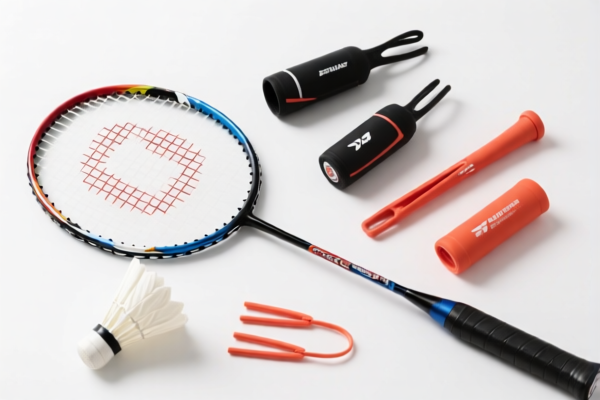| HS Code | Official Doc | Tariff Rate | Origin | Destination | Effective Date |
|---|---|---|---|---|---|
| 3926909905 | Doc | 42.8% | CN | US | 2025-05-12 |
| 3926905500 | Doc | 60.1% | CN | US | 2025-05-12 |
| 3916903000 | Doc | 61.5% | CN | US | 2025-05-12 |
| 9602005080 | Doc | 40.2% | CN | US | 2025-05-12 |
| 9602005010 | Doc | 40.2% | CN | US | 2025-05-12 |
| 9620005000 | Doc | 60.3% | CN | US | 2025-05-12 |
| 9620006000 | Doc | 55.0% | CN | US | 2025-05-12 |




Here's a classification breakdown for "ELASTIC BALL ROPE", based on the provided reference data and common trade practices. Please note that the final HS code determination rests with customs officials, and this is advisory only.
-
3926909905: Other articles of plastics and articles of other materials of headings 3901 to 3914: Other: Other Elastic bands made wholly of plastics.
39: Plastics and articles thereof. This chapter covers a wide range of plastic products.26: Other articles of plastics and articles of other materials. This narrows it down to specific plastic articles.90: Other. This is a residual category for plastic articles not specifically classified elsewhere.99: Other. Further specifies the type of article.05: Elastic bands made wholly of plastics. This is the most likely code if the rope is entirely made of plastic and functions as an elastic band.
-
3926909990: Other articles of plastics and articles of other materials of headings 3901 to 3914: Other: Other
39: Plastics and articles thereof.26: Other articles of plastics and articles of other materials.90: Other.99: Other. This is a broader "other" category within plastic articles. It could apply if the rope has components besides plastic.
-
6306909000: Other articles of textile materials: Other: Other
63: Textile articles. This chapter covers products made from textile fibers.06: Other articles of textile materials.90: Other.90: Other. This code is relevant if the rope is primarily made of textile fibers (e.g., nylon, polyester) with some elastic components.
Important Considerations & Recommendations:
- Material Composition: The primary material of the rope is crucial. Is it mostly plastic, mostly textile, or a blend? Provide a material breakdown to customs.
- Function: What is the rope used for? Is it for exercise, bundling, crafts, etc.? This can help determine the correct classification.
- Elasticity: How much elasticity does the rope have? Is it a core component of the rope's function?
- Textile Content: If the rope contains textile fibers, the percentage of each fiber type is important.
- Certification: Depending on the end-use of the rope (e.g., safety equipment), you may need to provide certifications (e.g., tensile strength, flammability).
- Single Invoice: Ensure the invoice clearly describes the goods and their material composition.
- Customs Ruling: If you are unsure, consider applying for a binding customs ruling to get a definitive classification.
- Check 2025.4.2 Tariffs: Be aware of the tariff changes coming into effect on April 2, 2025, as the additional tariffs will significantly impact the total cost.
Disclaimer: This information is for general guidance only and does not constitute professional customs advice. Always consult with a qualified customs broker or customs official for specific guidance on your import/export transactions.
Customer Reviews
The list of HS codes and the tariff rates for elastic ball ropes was very helpful. Just wish there were more examples of similar products for reference.
I was worried about the classification, but the breakdown of the 6306909000 code and the textile considerations gave me clarity. Great resource for trade professionals.
The detailed explanation of the 3926909905 code and the tariff rate of 42.8% was exactly what I needed for my export planning. Highly useful!
Finally found the right HS code for my elastic ball rope. The breakdown of 3926909905 was super clear and helped me save time with customs.